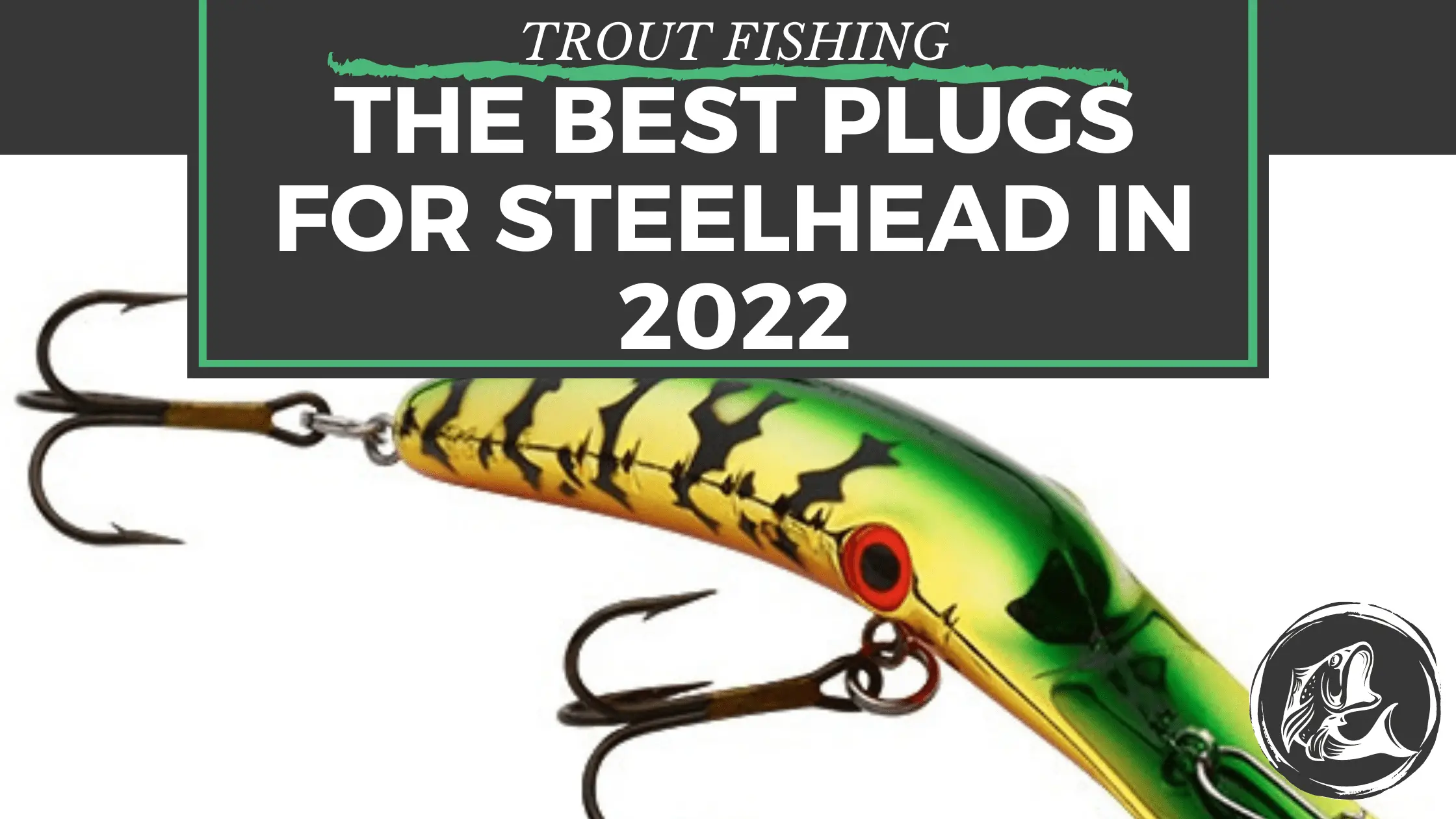We all enjoy catching fish, but no other fish has captured the attention of anglers quite like the steelhead. It isn’t easy to pinpoint what makes a steelhead catch so special.
Many hard-core steelhead anglers like to fish in the dead of winter when most folks are huddled around the fireplace with a book. Nonetheless, anglers will spend long hours on the water to catch a steelhead, expecting to feel the line tug.
There are a variety of techniques to catch steelhead, just like any other kind of fish. Today, we’ll focus on the best steelhead trout plug. Plugging seems like one of those strategies that could be as easy or as intricate as you want to make it. In this article, we’ll discuss some simple guidelines to have a good path in getting steelhead trout fish. So, keep on reading!
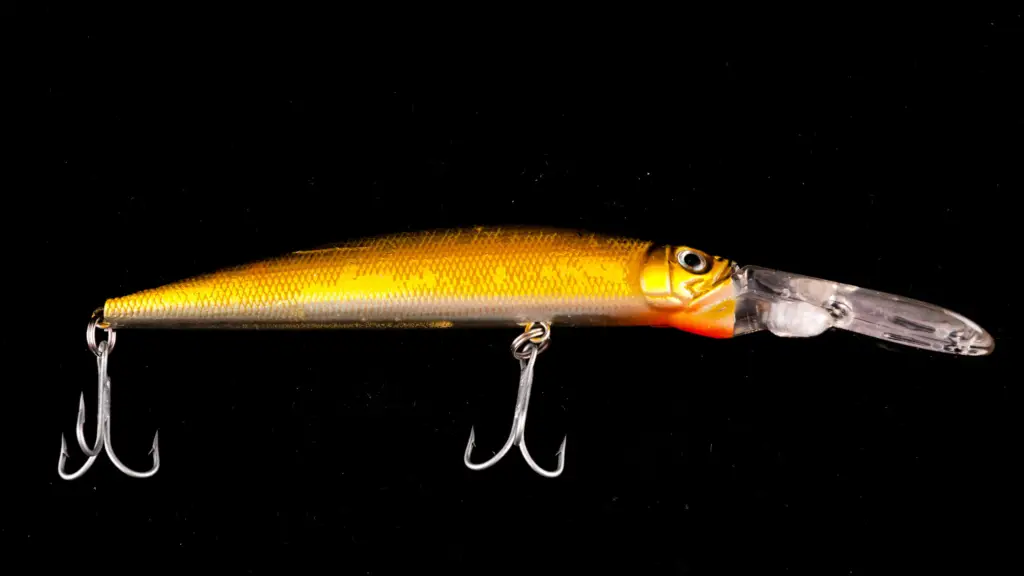
What are Plugs?
Plugs are solid plastic fishing lures, also referred to as “crankbaits.” It is designed to resemble various kinds of prey, such as baitfish. They’re made of solid or hollow plastic and have a thin metal or plastic sheet connected to the front for aesthetic purposes.
We call this piece of fabric a “lip.” Also, to make the lure wobble, you may adjust the lip. Two or three treble hooks are common on plugs. In addition, plugs can float, sink, dive, or hover, depending on their design.
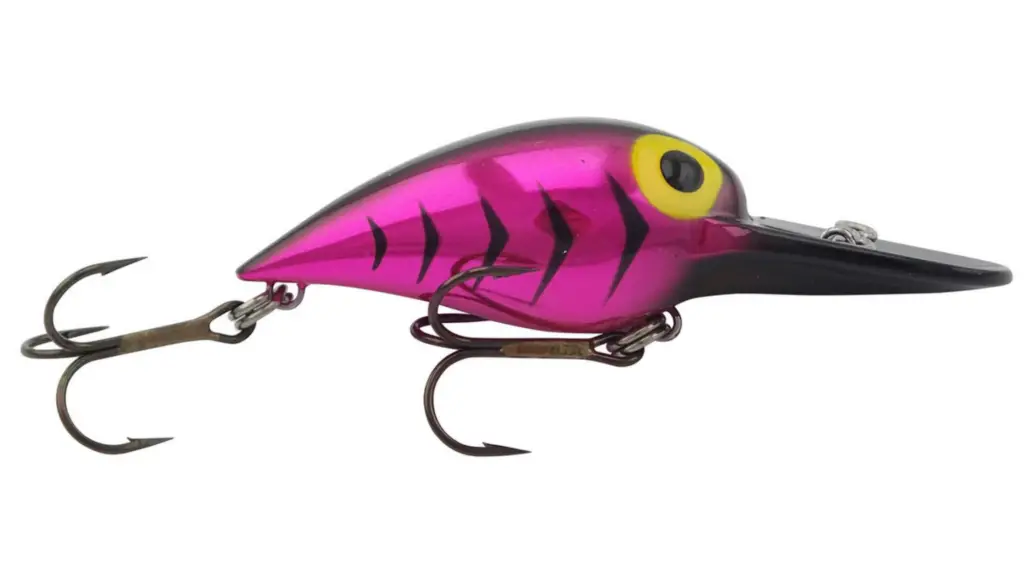
What are the Best Steelhead Trout Plugs?
There are a lot of plug variables depending on where and when you fish for steelhead. The Mag Lip plug has shown to be the most useful and perfectly suited for the flows during the steelhead period after I’ve tried a variety of other plugs. Mag Lip may be fished in water depths ranging from 3′ to 12′ without the need for any special adjustments. Also other great lures to check out are the Brad’s wiggler and Luhr Jensen Kwikfish.
With regards to fishing in depths of 4′ to 10′, these plugs are ideal. They don’t require tuning and may often be fished directly out of the packaging. You should always evaluate your plugs at the side of a boat to ensure they are diving and flowing in the correct direction.
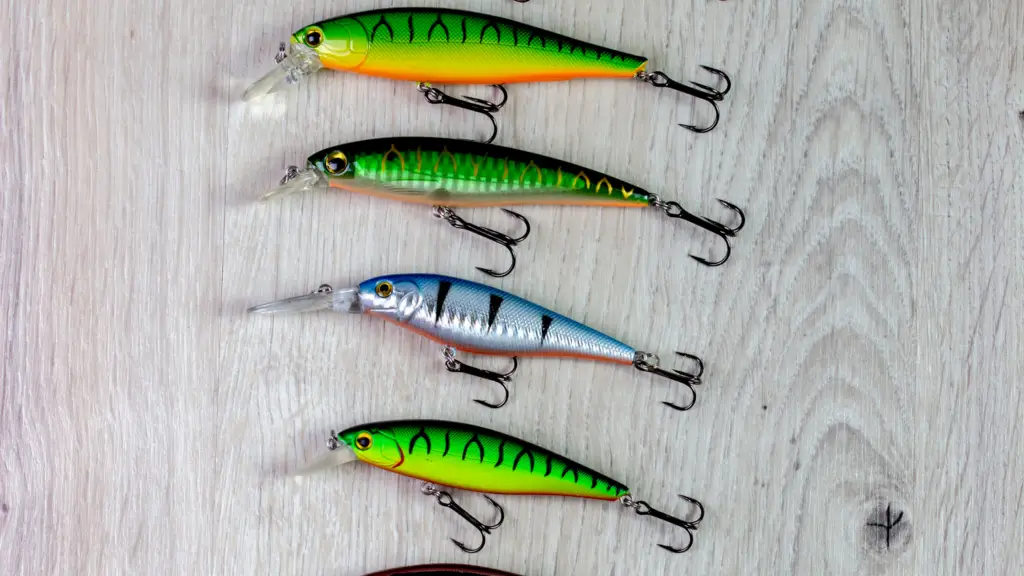
What color plug lures do steelheads like?
Water conditions and plug size are the primary factors that influence the color of a plug. Both the plug size and color should be appropriate for underwater visibility. Black and copper are the finest plug colors for clear water and small plug sizes. In green water, medium-sized plugs look best in metallic and white colors.
Customized Colors
Many manufacturers are now selling their baits in a variety of unique colors. These exclusive color options are only available to dealers who order a certain number of units. Hammer time, princess, and payday are just a handful of the bespoke hues that have quickly gained recognition for their uniqueness.
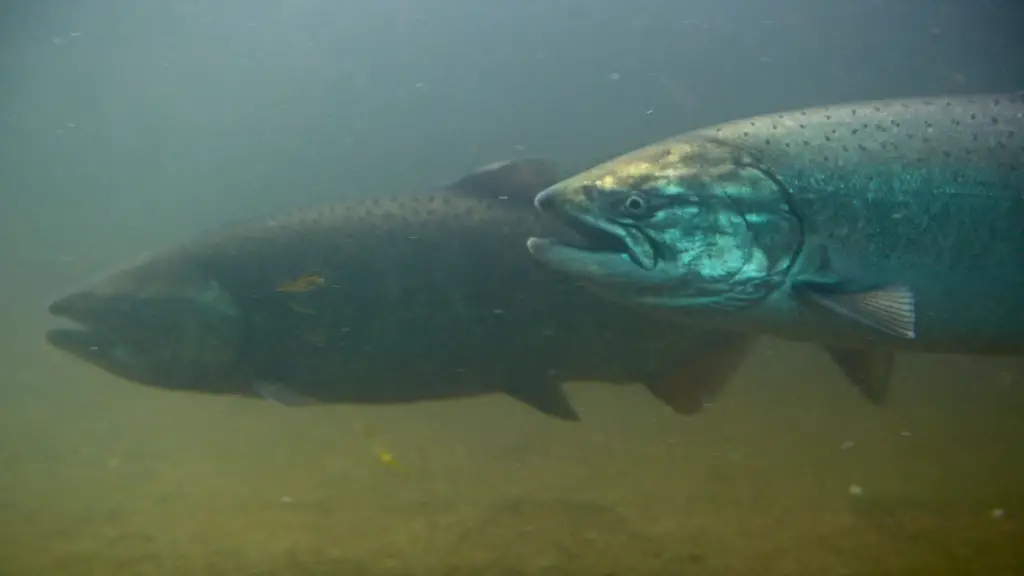
What size of plugs is best for steelhead fishing?
Every lure is available in a range of sizes. Your best bet for catching steelhead will be to use lures ranging in size from 11/2″ to 41/2″. However, 2 to 3 1/2 inches is usually the sweet spot. Having a variety of plugs in that range will allow you to deal with most situations.
Knowing that you’ll be fishing only a handful of rivers allows you to narrow down the sizes of your collection even further. If you exclusively fish tiny rivers, you may be able to narrow your search to only those. If you prefer to fish in vast rivers, you may want to stock up on larger lures.
The size naming conventions of each lure manufacturer are unique. Hot Shots, for example, come in sizes ranging from 50 to 30. Oddly, the lure gets smaller as the population grows. F-7 and U-20 flatfish are more akin to military planes than fishing lures. I recommend carrying a tape measure with you during the tackle shop until you are comfortable with the sizes to ensure that you obtain the right size.
Plugging Rods/Reels
To catch stream steelhead, you’ll need a medium-action graphite rod with a length of at least 8’6″. If you want to know how well a plug is wobbling, all you have to do is look at the tip of the rod to see how it’s moving. Look for the rod tip to stop dancing to determine if your plug is stuck on leaves constantly floating downstream.
If you’re going to be plug fishing, a round-frame baitcasting reel with 200 yards of a 12 to 17-pound monofilament line is ideal. Anglers are now employing a high-visibility line with a six to eight-foot fluorocarbon leader attached to the end.
That way, it’s easier to see the line and bait in locations like felled timber, boulders, and current seams where steelhead congregate while fishing with a high-visibility line.
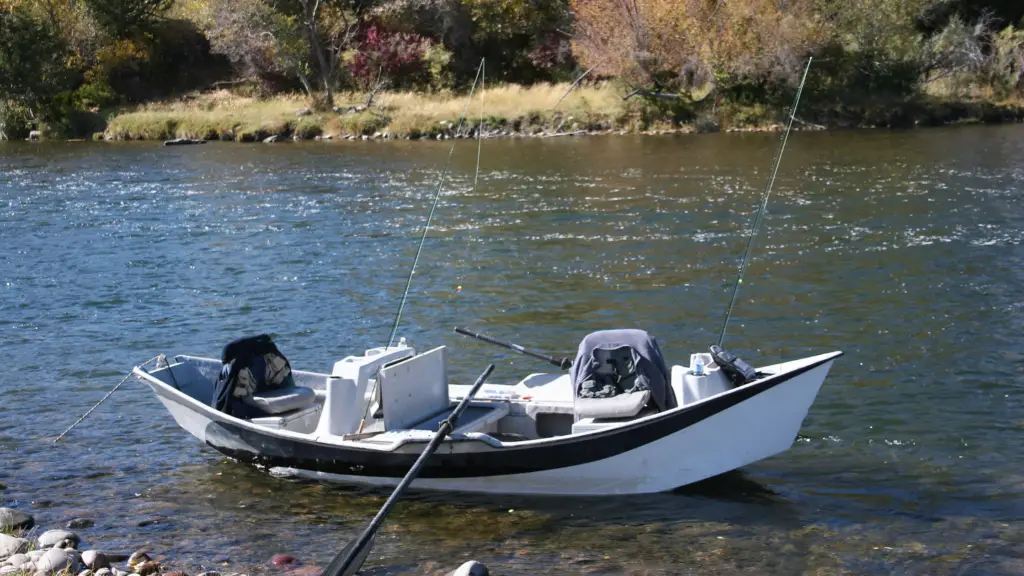
What are the best fishing methods when fishing plugs for steelhead?
Back-footing
Back-footing is a really easy technique. Position yourself as far upstream as possible of a good-looking section of steelhead holding water. Avoid spooking the fish by staying in a squat and not displacing any silt from the hole.
Furthermore, slowly work your plug back upstream from the tail to catch more fish. It’s amazing how many fish initially ignore your plug but then strike when you slowly work it back upstream. After making a pass down and back, reel up and try a new line down the hole.
Don’t stay too long at each location; you’ll know right away whether or not there are steelies in the area when your lure wobbles into the water.
Keep holding the spool with your thumb when you receive a screaming takedown. If the reel is in free spool mode, the spool will spin out of control, and a bird’s nest is likely to be the consequence. Reel into gear when you can so you can fight the fish with drag instead of charring yourself.
Back Trolling
The term “back trolling plugs” refers to a fishing technique that casts a line of plugs into the stream behind the boat. Whatever plug you’re using, depth and water clarity all impact how many lines you should release. The oarsman would then slowly row the plugs down the river.
Maintaining tight reins on the boat and moving at glacial speed is critical. When the water gets cooler, the rate becomes even more critical.
“Wall of Death” Method
The “wall of death” method, in which all the plugs are released at the same length, is preferred by most veteran plug pullers. As a result, a plug wall backs down the river, which theoretically also backs up the steelhead.
Even though a steelhead can take a plug at any time, the rear quarter of the drift is where most strikes occur. When the fish gets tired of being pushed around, the gloves come off, much to our delight.
Bobber knots are easy to ensure that your lines are the same length. It’s as simple as sliding the knot up to where you’ll spend the majority of your time fishing. For example, most of my fishing on the North Coast of Oregon is done with 60 to 70 feet of line out from my drift boat.
At 60 feet, I tie a bobber knot and let my clients adjust from there. Depending on the factors, I may instruct them to untie the knot as far as the first guide, the tip, or even a specific distance from the tip. A wide variety of plugs are used by me when fishing.
In various hues, the T-4 and U-20 Flat Fish are my favorites. If tuned properly, these plugs make excellent divers.
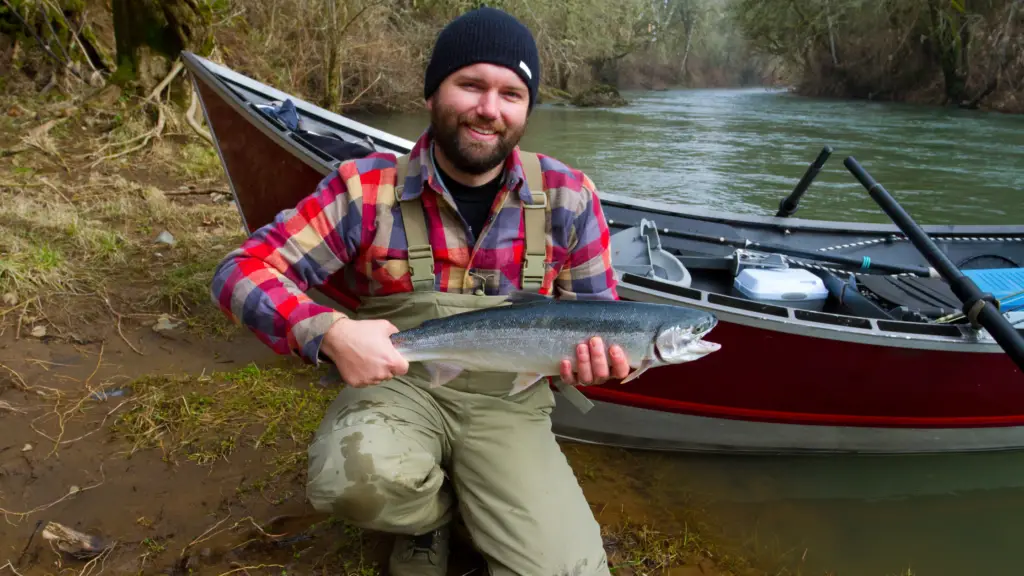
Experience amazing steelhead trout fishing through plugs!
You should now have a fair notion of what kind of steelhead plugs you should have in your tackle box and what you should not have in your tackle box. You may also change the color scheme and replace or tweak the hooks on your lures.
Generally speaking, plugs can catch fish. Fish will attack them for various reasons, including rage, hunger, curiosity, and territorial defense. Certain species will strike at anything moving within their reach to protect themselves, no matter how small.
However, it is possible to tailor your lure to a certain species. There are no hard and fast rules for making modifications. With some brands of plugs, you may fine-tune them for greater performance in the water.
To increase the effectiveness of your lure, you can also add bait to it. The bait you use must not impose any restrictions on the fish’s action. The front hook on treble-hooked lures should have some bait on it.
Finally, taking the time to do a comprehensive study and consult with an expert might also be advantageous. At first, catching steelhead through plugs can be difficult, but rest assured that it would become much easier with practice.

